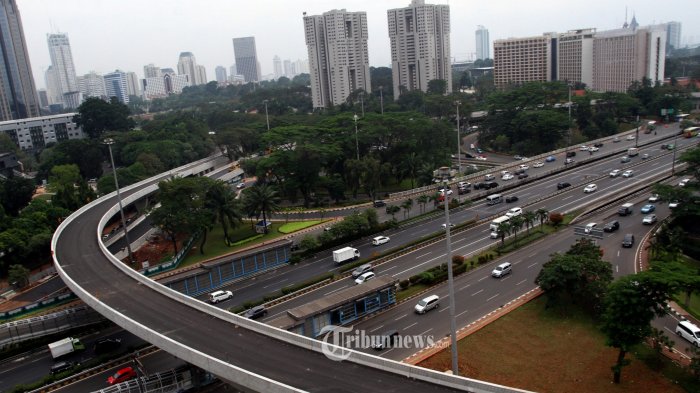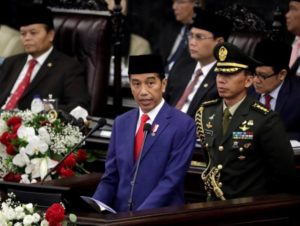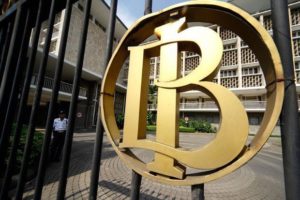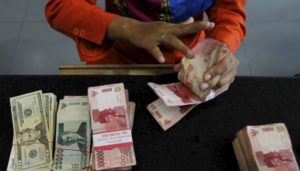GDP-—-Encouraging-signs-for-2018..jpg" alt="" width="700" height="393" class="size-full wp-image-108460" /> Indonesia GDP — Encouraging signs for 2018.
Doha, MINA – Growth in Indonesia has been remarkably steady for the last four years, barely diverging from the 5.0 percent level and coming in at 5.1 percent in 2017. However, in 2018, the growth is expected to break away slightly from this flat-lining and pick up to 5.3 percent driven by higher social spending, easier monetary policy and stronger private investment, The Peninsula reported, citing QNB.
First, consumption will likely be helped by an increase in social spending ahead of elections in 2019. A shift in focus from infrastructure to higher social spending was planned in the latest budget for 2018. This included a budgeted increase in social transfers of 0.5 percent of GDP on cash and food benefits to lower income households, QNB noted in its latest ‘economic commentary’.
Second, easier monetary policy should lend support to growth. Bank Indonesia (BI) cut interest rates in August and September 2017 by 25 basis points in each month. The effect of these cuts should continue to feed through to support growth in 2018. In addition, BI is likely to cut rates again in 2018 as inflation continues to decline which will support growth.
Inflation was as low as 3.2 percent in January 2018, which is well within the bottom half of BI’s target range of 2.5-4.5 percent. The only constraint could be the re-emergence of a weak Rupiah.
Also Read: Saudi Arabia Wins Bid to Host World Expo 2030
However, the currency has been broadly stable since 2016 and, although it has experienced some downward pressure amidst the recent global financial market turmoil, we expect positive investor sentiment towards Indonesia to continue.
Both higher growth and a current account deficit, which at less than 2 percent of GDP is considerably lower than a few years ago, should give investors comfort.
Finally, private investment should be supported by recent government measures. In August 2017, the government launched its 16th economic package, which aims to speed up the issuance of business permits by simplifying the application process and by only requiring a single application to central and local governments.
This package builds on another set of measures in 2016 that aimed to accelerate investment license applications and also raised foreign ownership limits. All these measures should work to improve the business environment and help boost private investment in the economy.
Also Read: 148 Products from Indonesia Promoted at Sarawat Superstore Jeddah
There are a number of risks to QNB’s baseline forecast for growth in 2018. The economy faces a number of headwinds that could hold back growth. With the Chinese economy slowing, external demand for Indonesia’s exports could soften. In addition, prices of Indonesia’s main export commodities, coal and palm oil, are expected to fall.
And finally, the government is partly paying for higher social transfers through a reduction in spending on infrastructure. Nonetheless, we expect these drags to be more than offset by the three positive drivers of growth that we have outlined above.
As a result, Indonesia’s real GDP growth could begin to diverge from the tight band around 5 percent that it has been in since 2014. (T/RS5/RS1)
Mi’raj Islamic News Agency (MINA)
Also Read: Packaging Industry Supports Halal Ecosystem



























 Mina Indonesia
Mina Indonesia Mina Arabic
Mina Arabic